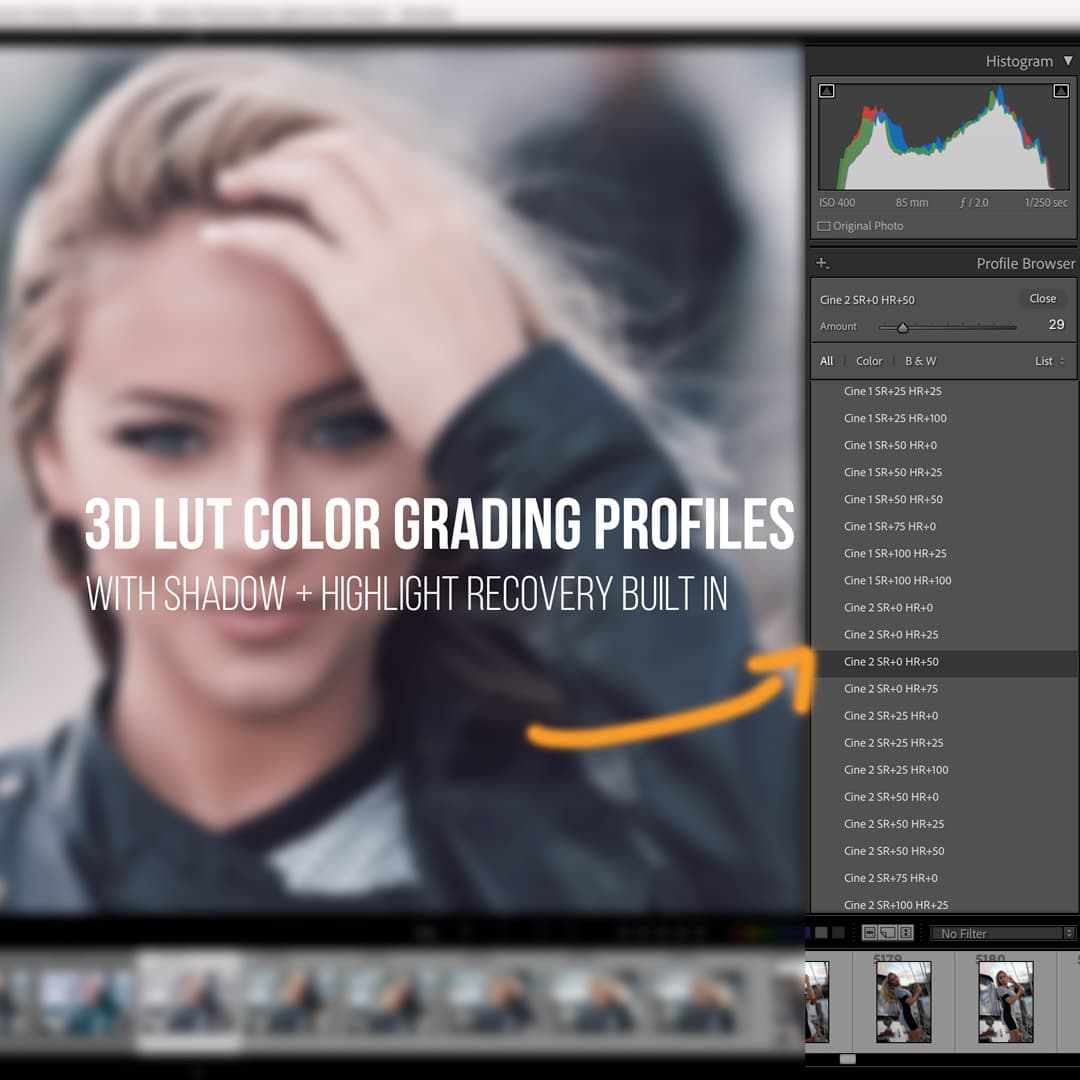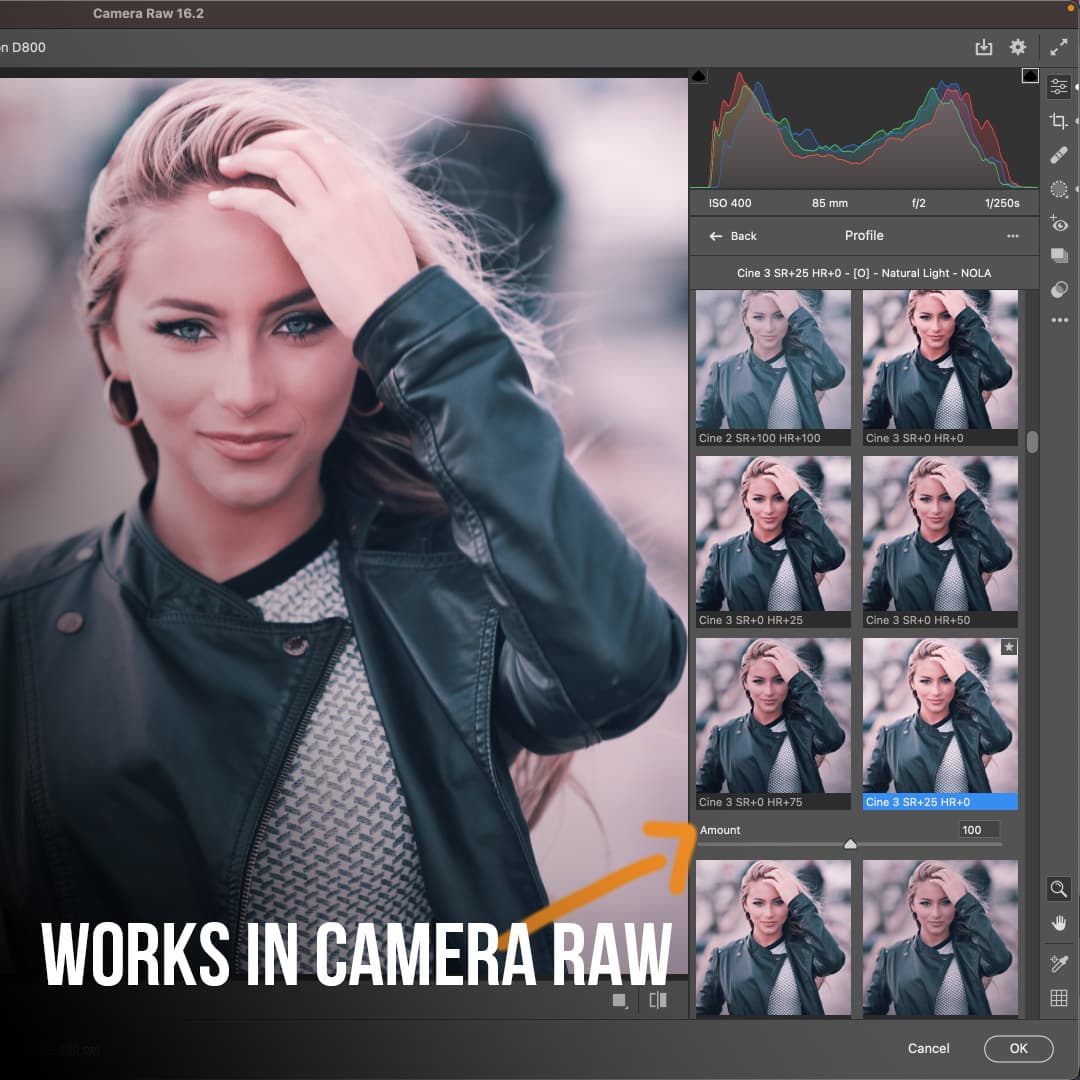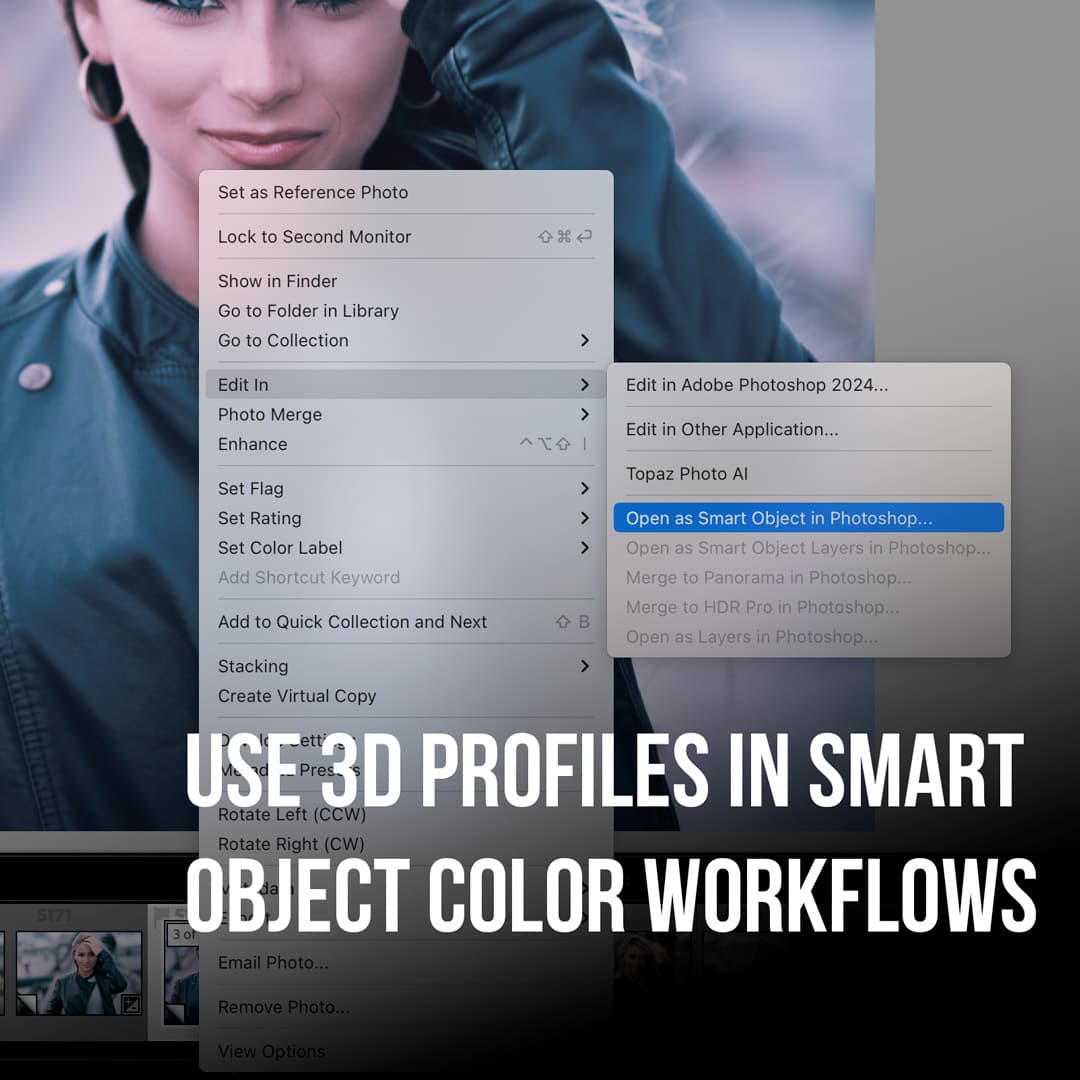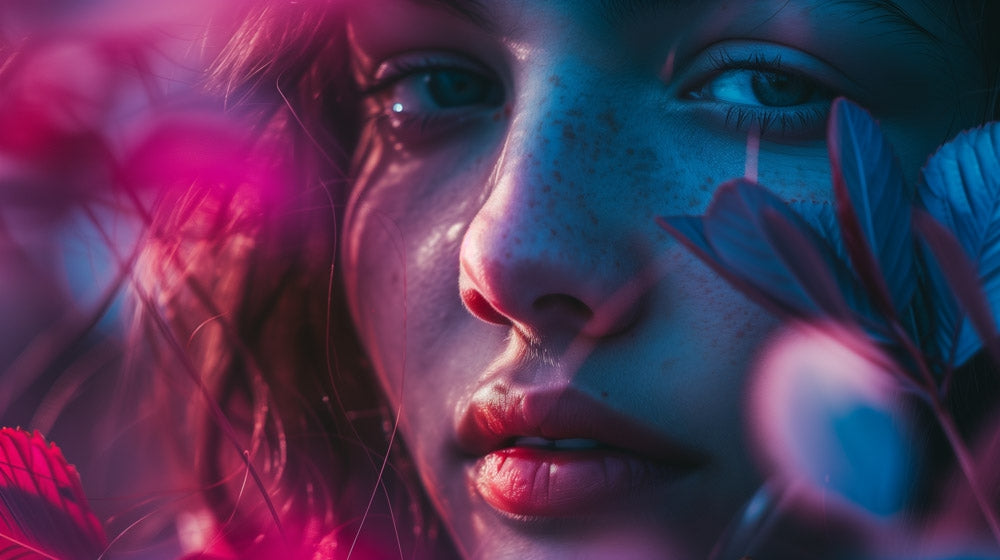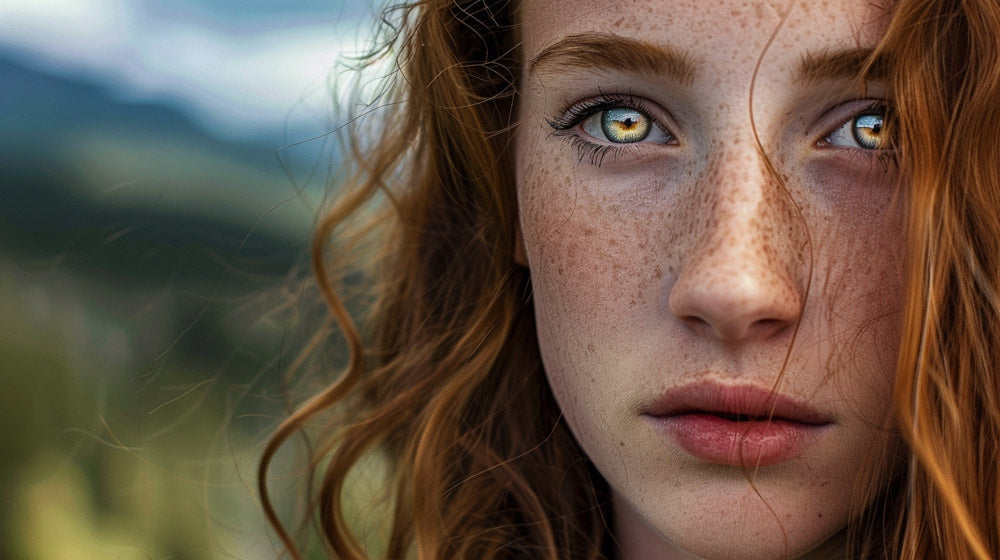Flipping images in Photoshop is a fundamental skill for any graphic designer or photo editor. Whether you need to create a mirror effect or simply reverse an image's orientation, mastering this technique can elevate your creative projects.
To flip an entire image in Photoshop, navigate to Image > Image Rotation > Flip Canvas Horizontal or Flip Canvas Vertical.
Adobe Photoshop offers multiple methods to flip images, allowing for precise control over your edits. We'll explore various techniques, from basic full-image flips to more advanced layer-specific transformations.
By understanding these tools, you'll be able to manipulate your images with ease and achieve professional-looking results.
Key Takeaways
- Photoshop provides multiple tools for flipping images horizontally or vertically
- Image flipping can be applied to entire canvases or individual layers for versatile editing
- Mastering flip transformations enhances your ability to create mirror effects and correct image orientations
Understanding the Photoshop Interface
The Photoshop interface is designed to streamline image editing tasks. Its layout provides quick access to essential tools and panels, with the Layers Panel being a central component for managing image elements.
Navigating the Layers Panel
The Layers Panel is a crucial feature for flipping images in Photoshop. We can find it on the right side of the interface by default. It displays all layers in our document as a stack.
To work with layers, we click on the layer we want to edit. This selects it and allows us to make changes.
The eye icon next to each layer toggles visibility. We can drag layers up or down to change their order.
For flipping operations, we ensure the correct layer is selected.
The Layers Panel also lets us create new layers, group layers, and adjust layer opacity. These features are invaluable for both designers and photographers when preparing images for flipping.
We can access additional layer options by right-clicking on a layer or using the panel menu at the top-right corner of the Layers Panel. This gives us quick access to flipping tools and other transformations.
Preparing Your Image for Editing
Before flipping an image in Photoshop, it's crucial to set up your workspace correctly. This involves choosing the right layer and creating a backup to protect your original image.
Selecting the Correct Image Layer
We begin by opening our image in Photoshop and locating the Layers panel. It's essential to work on the correct layer to avoid unintended changes to other parts of our project.
If our image is on the Background layer, we'll need to double-click it to convert it to a regular layer. This allows us to apply transformations like flipping.
For complex projects with multiple layers, we can use the Marquee Tool to select specific areas we want to flip. This tool gives us precision in choosing which parts of the image to transform.
Creating a Backup Layer
Creating a backup is a vital step in our editing process.
We can do this by duplicating our image layer.
To duplicate, we right-click on the layer in the Layers panel and select "Duplicate Layer." Alternatively, we can use the keyboard shortcut Ctrl+J (Windows) or Cmd+J (Mac).
We rename this new layer to something descriptive like "Flip Backup." This backup serves as a safety net, allowing us to revert changes if needed.
By working on a separate layer, we preserve our original image. This non-destructive editing approach gives us the flexibility to experiment with different flipping techniques without fear of permanent alterations.
Flipping an Entire Image
Adobe Photoshop offers quick and easy ways to flip an entire image canvas. We can flip images horizontally or vertically with just a few clicks.
Flip Canvas Horizontal
To flip an image horizontally in Photoshop, we start by opening our desired image. Next, we navigate to the "Image" menu at the top of the screen and select "Image Rotation."
From the dropdown, we choose "Flip Canvas Horizontal."
This action instantly mirrors the entire image from left to right. It's perfect for correcting mirror selfies or creating symmetrical designs. The original image remains intact, allowing us to undo the flip if needed.
For keyboard shortcut enthusiasts, we can use Alt+Ctrl+F (Windows) or Option+Command+F (Mac) to quickly flip the canvas horizontally.
Flip Canvas Vertical
Flipping an image vertically in Photoshop follows a similar process.
We open our image and go to the "Image" menu. Under "Image Rotation," we select "Flip Canvas Vertical."
This action flips the entire image upside down. It's useful for creating reflections or unique visual effects. As with horizontal flipping, we can easily undo this action if we're not satisfied with the result.
To speed up our workflow, we can use the keyboard shortcut Alt+Ctrl+V (Windows) or Option+Command+V (Mac) to flip the canvas vertically.
Flipping Image Layers Individually
Photoshop allows us to flip individual layers, giving us precise control over our image composition. We can use the Free Transform tool or the Flip options to mirror layers horizontally or vertically.
Using the Free Transform Tool
To flip a layer using Free Transform, we first select the layer in the Layers panel. Then we press Ctrl+T (Windows) or Command+T (Mac) to activate Free Transform. Right-clicking inside the transform box reveals additional options.
We can flip the layer horizontally by dragging the middle-right handle past the middle-left handle. For a vertical flip, we drag the middle-bottom handle above the middle-top handle.
Alternatively, we can enter exact values in the options bar. Entering -100% for Width flips horizontally, while -100% for Height flips vertically.
After adjusting, we press Enter or click the checkmark to apply the transformation.
Flip Horizontal and Flip Vertical Options
Photoshop offers quick Flip Horizontal and Flip Vertical options for layers. We can access these through the Edit menu or by right-clicking on the layer.
To flip a layer horizontally, we select Edit > Transform > Flip Horizontal. This mirrors the layer from left to right.
For a vertical flip, we choose Edit > Transform > Flip Vertical. This inverts the layer from top to bottom.
These options instantly apply the flip without needing to manipulate handles or enter values, making them ideal for quick adjustments.
Both methods preserve the layer's original quality and resolution, ensuring our flipped elements maintain their clarity and sharpness.
Refining the Flipped Image
After flipping an image in Photoshop, it often requires some adjustments to achieve the desired result. We'll explore techniques to fine-tune the position and transform the flipped image for optimal design outcomes.
Adjusting Position after Flipping
When we flip an image in Photoshop, it may not align perfectly with our intended composition.
We can use the Move tool (V) to reposition the flipped layer. Simply click and drag the image to the desired location.
For precise adjustments, we recommend using the arrow keys. Each press moves the layer by one pixel. Holding Shift while using arrow keys increases the movement to 10 pixels at a time.
If we need to align the flipped image with other elements, we can utilize Photoshop's align tools. Select both the flipped layer and the target layer, then use the alignment options in the options bar to snap them into place.
Fine-tuning with Transformation Options
Photoshop offers powerful transformation tools to refine our flipped image further. We can access these by selecting Edit > Free Transform (Ctrl/Cmd + T).
With Free Transform active, we can:
- Scale: Drag corner handles to resize the image
- Rotate: Move the cursor just outside a corner handle to rotate
- Skew: Hold Ctrl/Cmd and drag a side handle
- Distort: Hold Ctrl/Cmd and drag a corner handle
For more precise control, we can use the Transform options in the options bar. These allow us to enter exact values for width, height, rotation angle, and more.
Remember to hold Shift while scaling to maintain the image's aspect ratio. This prevents unwanted stretching or squashing of our flipped image.
Advanced Flipping Techniques
Photoshop offers powerful tools for creating sophisticated flipped image effects. These techniques allow for precise control and creative possibilities beyond basic flipping.
Creating Mirror Effects
To create a mirror effect, we start by duplicating the layer we want to mirror. We then flip the duplicate horizontally or vertically using the Free Transform tool. Press Ctrl+T (Windows) or Cmd+T (Mac) to access Free Transform.
Right-click the transformed layer and select "Flip Horizontal" or "Flip Vertical" depending on the desired effect. For a seamless mirror effect, align the flipped layer with the original using the Move tool.
We can enhance the mirror effect by adding a gradient mask to the flipped layer. This creates a fading reflection effect, perfect for water or glass surfaces.
Flip Options for Complex Compositions
For complex compositions, we utilize advanced flipping techniques to create unique designs. The Reflect Tool offers precise control for flipping specific parts of an image.
We can create kaleidoscope effects by flipping and rotating multiple copies of a layer. Arrange the layers radially and use blend modes like Overlay or Soft Light to blend them seamlessly.
Another technique involves using the Warp Transform tool after flipping. This allows us to curve or distort the flipped image, creating dynamic shapes for graphic design projects.
Best Practices for Flip Transformations
Maintaining Image Quality
When flipping an image in Photoshop, we must prioritize preserving its quality. Start by working with high-resolution files to minimize pixelation.
Always duplicate the original layer before flipping to maintain a backup.
Use the Image Rotation menu for precise flips. This method ensures no loss in image quality.
For complex compositions, consider flipping individual elements separately. This approach gives us more control over the final result.
We recommend using adjustment layers after flipping to fine-tune colors and contrast. This non-destructive method allows for easy modifications later.
When saving, choose appropriate file formats like PSD or TIFF to retain quality for future edits.
Consistency in Design Elements
Maintaining design consistency is crucial when flipping images. We need to pay close attention to shadows, reflections, and lighting direction. These elements should align with the new orientation to create a realistic result.
For text layers, we must be cautious. Flipping text horizontally will make it appear backwards.
To avoid this, recreate the text after flipping the image. This ensures readability and maintains the original design intent.
When working with recognizable objects or logos, consider their natural orientation. Some elements may look odd when flipped and might require manual adjustments.
We can use the Transform tools to fine-tune individual components as needed.
Finalizing and Saving Your Work
After flipping your image in Adobe Photoshop, we recommend reviewing it carefully. Check for any unexpected changes or distortions that may have occurred during the process.
If you're satisfied with the result, it's time to save your work.
We suggest using the "Save As" option to preserve your original file.
Choose an appropriate file format based on your needs:
- JPEG for web use or printing photos
- PNG for images with transparency
- TIFF for high-quality prints
Adjust the quality settings as needed. Higher quality results in larger file sizes, so find the right balance for your purpose.
For photographers, we recommend saving a copy in Photoshop's native PSD format. This preserves layers and editing options for future modifications.
Before finalizing, consider these steps:
- Flatten layers if necessary
- Apply any final adjustments
- Crop the image if needed
Remember to name your file descriptively. This helps with organization, especially when working with multiple versions of an image.
Lastly, always double-check that your image rotation is correct. It's easy to overlook small details when focusing on specific edits.
Frequently Asked Questions
Flipping images in Photoshop involves several techniques and tools. We'll explore various methods for flipping layers, selections, and entire images both horizontally and vertically.
What steps are needed to flip a layer horizontally in Photoshop?
To flip a layer horizontally in Photoshop, we first select the layer in the Layers panel. Then, we go to Edit > Transform > Flip Horizontal.
Alternatively, we can use the keyboard shortcut Ctrl+T (Windows) or Command+T (Mac) to enter Free Transform mode, right-click, and choose Flip Horizontal.
Can you mirror a selection in Photoshop without affecting the entire canvas?
Yes, we can mirror a selection without affecting the entire canvas. First, we make our selection using any selection tool.
Next, we create a new layer from this selection by pressing Ctrl+J (Windows) or Command+J (Mac). Finally, we flip this new layer using the method described above.
Is there a shortcut to quickly invert an image in Photoshop?
While there's no direct shortcut to flip an image, we can create a custom keyboard shortcut.
We go to Edit > Keyboard Shortcuts, find Image > Image Rotation > Flip Canvas Horizontal (or Vertical), and assign our preferred key combination.
In Photoshop, how can you flip an image vertically with precision?
To flip an image vertically with precision, we select Image > Image Rotation > Flip Canvas Vertical. This ensures the entire image is flipped accurately.
For more control, we can use the Free Transform tool (Ctrl+T or Command+T) and manually adjust the flip.
What technique is used to mirror flip a layer in Photoshop?
To mirror flip a layer, we use the Free Transform tool. We press Ctrl+T (Windows) or Command+T (Mac), then right-click on the image and choose either Flip Horizontal or Flip Vertical.
This technique allows us to preview the flip before applying it.
How do I reverse or invert a specific selection in Photoshop?
To reverse a specific selection, first, make your selection. Then, create a new layer from this selection (Ctrl+J or Command+J). On this new layer, apply Edit > Transform > Flip Horizontal or Vertical. This method allows you to invert only the selected area without affecting the rest of the image.








